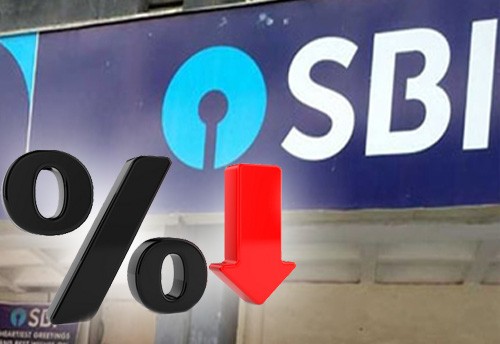India’s largest lender has announced to link the Savings bank account having more than Rs 1 lakh balance with the RBI’s repo or short-term lending rate for interest payment.
Due to the linking of Repo rate with the saving bank account interest rate, the account holder will earn a 0.25% less interest from 1st May 2019.
However, SBI savings bank account holders with less than Rs 1 lakh balance will continue to get 3.5 per cent interest on deposits.
Read – How To Transfer Funds in SBI Without Beneficiary Registration ?
The SBI has also hinted that the all cash credit accounts and overdrafts with limits above Rs 1 lakh will also be linked to the benchmark policy rate, plus a spread of 2.25 per cent.
The updated rate of interest for State Bank of India Saving bank account holders are :
- The interest rate on savings bank accounts with balances above Rs 1 lakh will be 2.75 per cent below the RBI’s repo rate, which currently stands at 6 per cent.
- Hence, the SBI will give 3.25 per cent interest on savings bank deposits with a balance exceeding Rs 1 lakh. At present, the interest rate is 3.5 per cent. The interest is paid quarterly.
SBI has informed that the interest rate on such balances will go up in case the Reserve Bank hikes repo rate (the rate at which it lends to banks). It is assumed that the rate may fall further if the repo rate continues its downward journey.
Read – SBI Cuts Saving Account Interest Rate To 3.5%
The SBI has also hinted that the all cash credit accounts and overdrafts with limits above Rs 1 lakh will also be linked to the benchmark policy rate, plus a spread of 2.25 per cent.
SBI’s domestic savings bank deposits stood at more than Rs 10.64 lakh crore at end-December 2018.
In December 2018, the RBI had proposed that floating interest rates on personal, home, auto and micro and small enterprises (MSEs) loans should be linked to external benchmarks like repo rate or treasury yields, from April 1, 2019 which was later deferred.
Read – Basic Details of Marginal Cost of Funds based Lending Rate (MCLR) By RBI
Currently banks are following a system of internal benchmarks, including Prime Lending Rate (PLR), Benchmark Prime Lending Rate (BPLR), Base rate and Marginal Cost of Funds based Lending Rate (MCLR).
